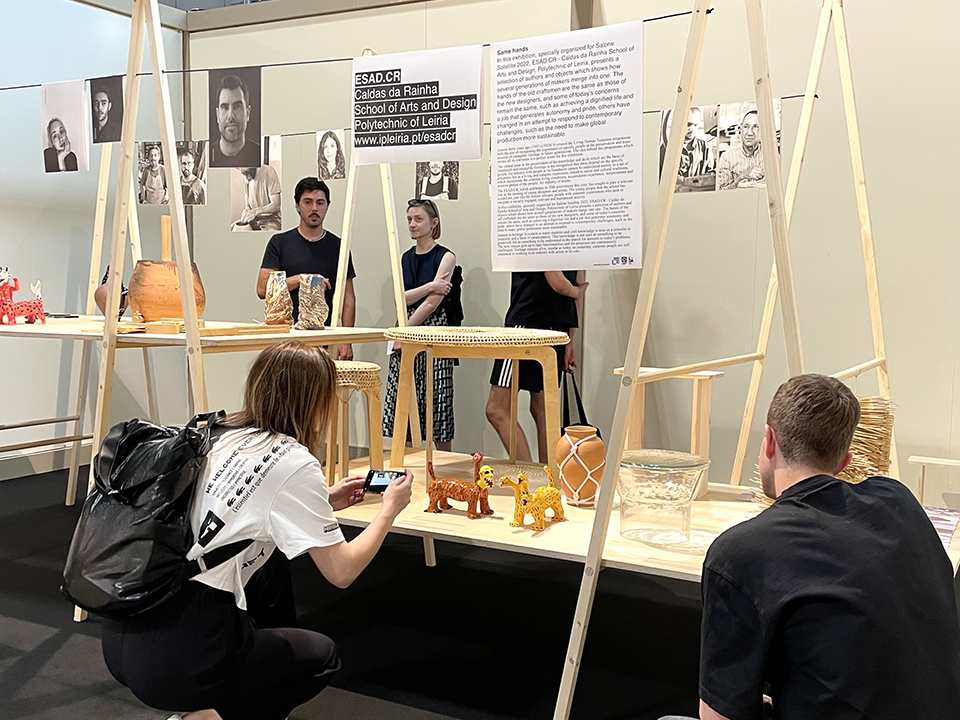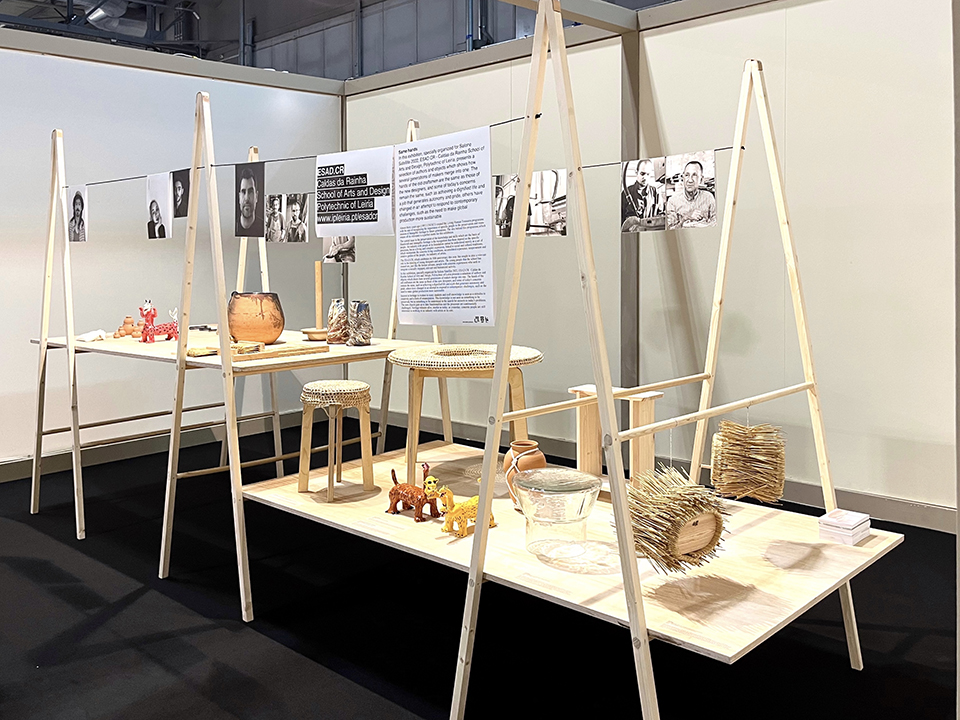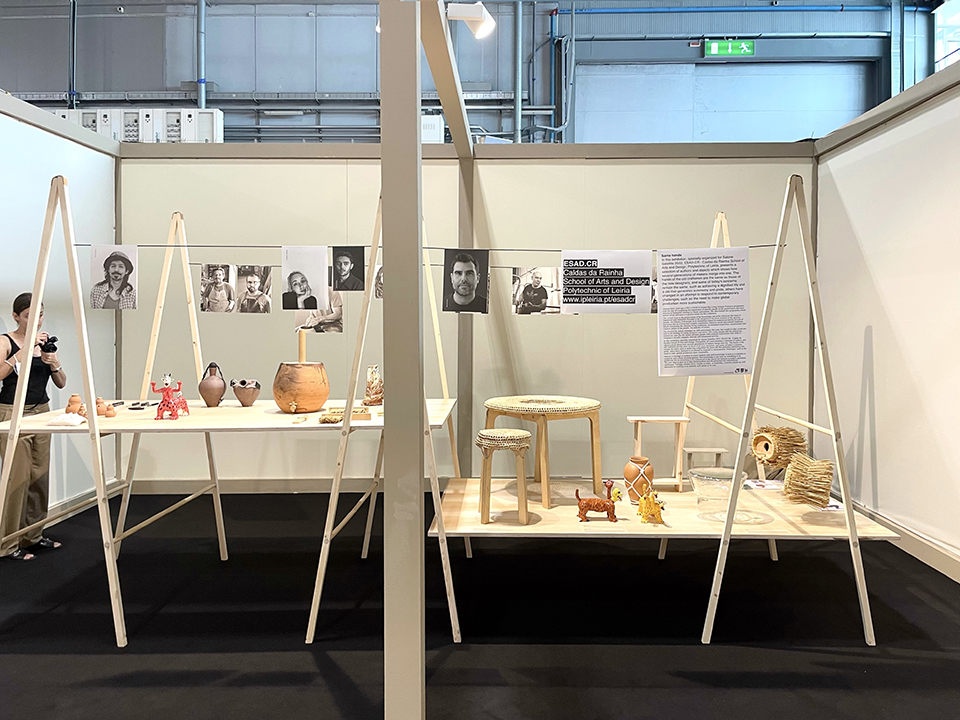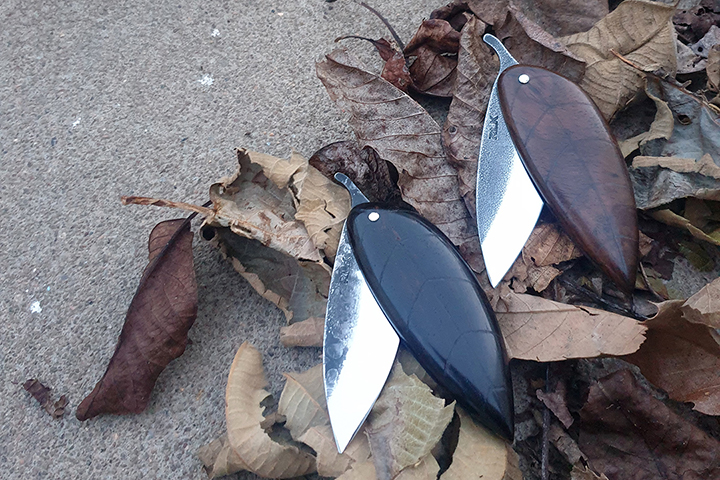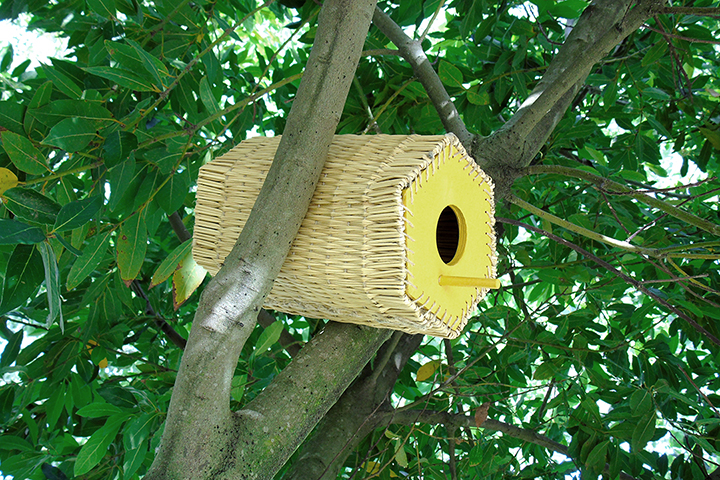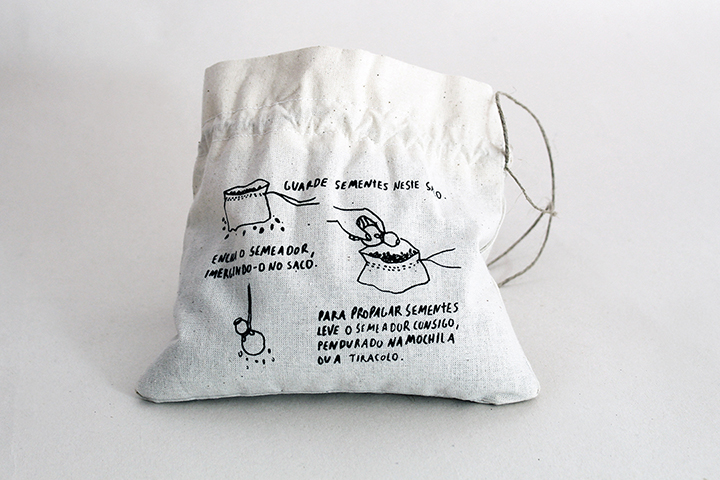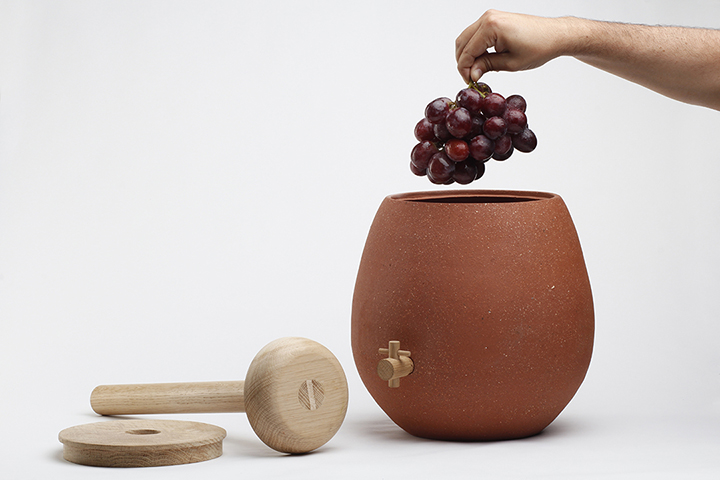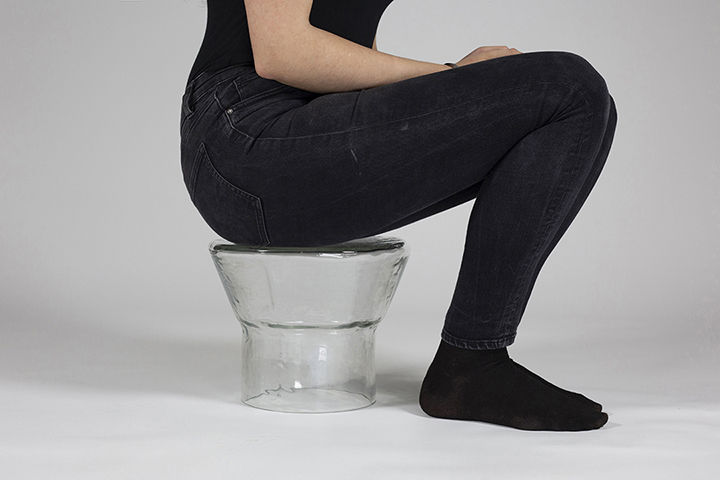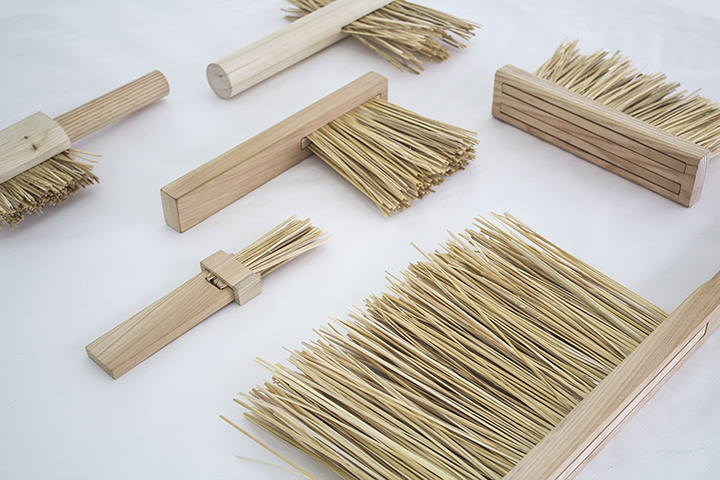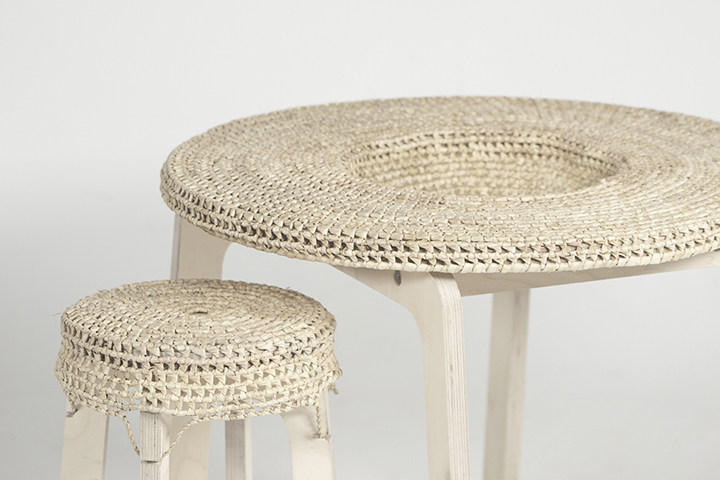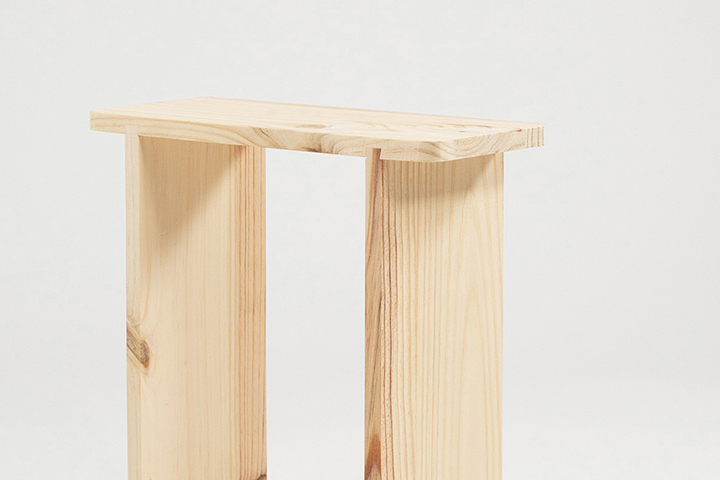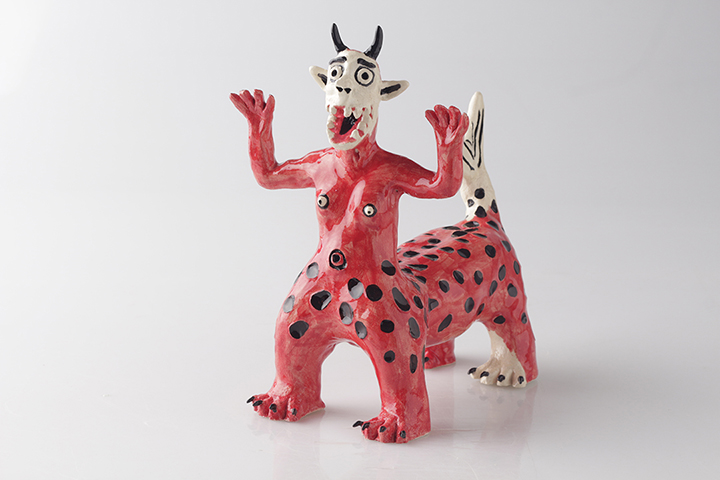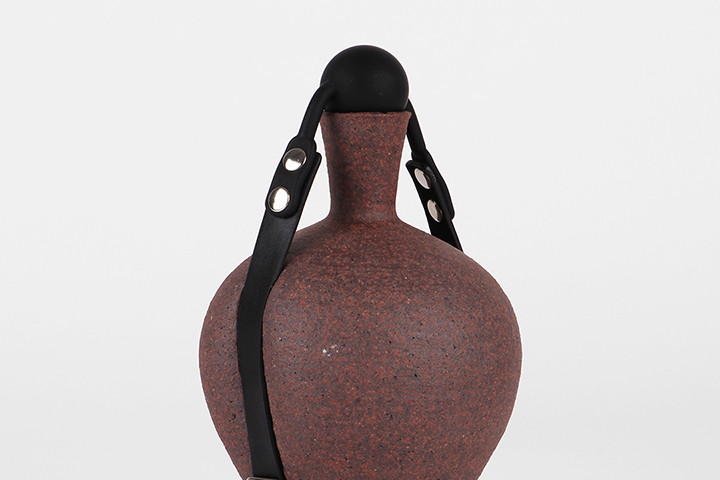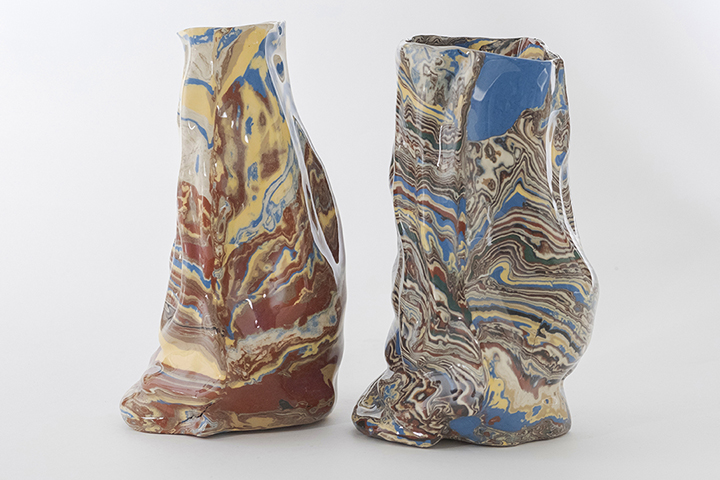Same hands
In this exhibition, specially organized for Salone Satellite 2022, ESAD.CR – Caldas da Rainha School of Arts and Design presents a selection of authors and objects which shows how several generations of makers merge into one. The hands of the old craftsmen are the same as those of the new designers, and some of today’s concerns remain the same, such as achieving a dignified life and a job that generates autonomy and pride, others have changed in an attempt to respond to contemporary challenges, such as the need to make global production more sustainable.
Almost thirty years ago (1993) UNESCO created the Living Human Treasures programme with the aim of recognising the importance of specific people in the preservation and transmission of Intangible Heritage to future generations. The idea behind this programme, which retains all its relevance is a perfect motto for this exhibition.
The central issue in the preservation of the knowledge and skills which are the basis of Handicraft and Intangible Heritage is the recognition that these depend on the specific people. An industry with people at its foundation cannot be understood merely as a set of processes, but as a living and complex expression, linked to social and cultural traditions, which incorporate the concrete living conditions, accumulated experience, temperament and creative genius of the people. An industry of artists.
The ESAD.CR – Caldas da Rainha School of Arts and Design which celebrates its 30th anniversary this year, has sought to play a relevant role in the training of young designers and artists. The young people that the school has trained are, just like the former artisans, people with concrete experiences who seek to integrate a socially engaged, relevant and humanized activity.
In this exhibition, specially organized for Salone Satellite 2022, ESAD.CR – Caldas da Rainha School of Arts and Design presents a selection of authors and objects which shows how several generations of makers merge into one. The hands of the old craftsmen are the same as those of the new designers, and some of today’s concerns remain the same, such as achieving a dignified life and a job that generates autonomy and pride, others have changed in an attempt to respond to contemporary challenges, such as the need to make global production more sustainable.
Interest in heritage is evident in many students and craft knowledge is seen as a stimulus to creativity and a form of emancipation. This knowledge is not seen as something to be preserved, but as something to be understood in the search for answers to today’s problems. The new objects gain up to date functionalities and the processes are continuously challenged. Heritage remains alive, insofar as today, as yesterday, concrete people are still interested in working in an industry with artists at its core.
https://www.salonemilano.it/en/exhibitions/salonesatellite
